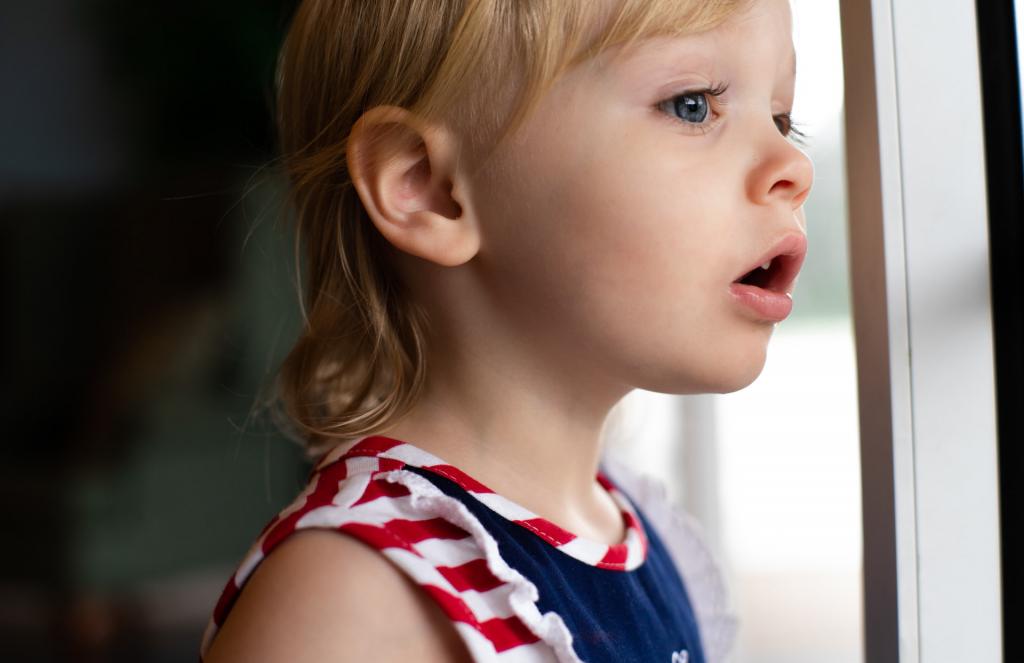Thessaloniki gets ready for its metro launch in November
The underground rapid transit lines have been under construction for almost two decades due to various project delays
 TheMayor.EU logo
TheMayor.EU logo 
We all live in a communicational environment but for young children its profile is especially important
The system helps parents of kids with disabilities adapt their communication accordingly
Uppsala Region (Sweden) has introduced a pioneering digital system that helps analyze the communication landscape that a young child lives in. The system, called LENA (Language Environment Analysis), is especially important in providing primary care for children with disabilities, such as hearing deficiencies. It helps adjust their development, so they don’t feel isolated and left out.
The Regional administration is the first entity in Sweden or the Nordic region to introduce such an advanced methodology.
Research shows that early detection and measures such as early adaptation with hearing aids are of great importance. It’s also important to bring awareness to parents and give them knowledge about linguistic interaction.
When children are born with hearing loss, parents are not always aware of how they communicate, and how important it is to talk a lot with their child and listen to the child's own communicative signals.
LENA is advanced recording equipment used to map the everyday listening and language environment for young children with or without hearing impairment or with other disabilities, such as autism and mobility impairment. The method means that the child wears a vest with a small digital recorder that registers how verbal communication takes place in the vicinity of adults and other children.
The device works a bit like a pedometer that registers how many statements the child makes, how many words the parents say and how many turns take place between the child and adults in a natural home environment. The number of turns has been shown to be the most important ingredient for more favourable language development.
The LENA measurements aim to get a more objective and data-driven measurement of children's language environment and through supervision increase parents' knowledge of how to best communicate with the child, to influence language development through abundant language interaction.
In one research project, ‘Words make a difference’, LENA is validated in a Swedish context. Among other things, the researchers have discovered that there is very great variation in how much you communicate with small children. It also turned out that 70 percent of everything that is said to small Swedish children comes from female guardians.
“This is important knowledge from a gender equality perspective. Our results indicate that you need to motivate fathers to become more active and aware in communication with their young children from the start. It gives children access to many more and more varied experiences of language and communication at the same time as it is favourable for the relationship between children and fathers,” revealed Ulrika Löfkvist, associate professor and clinical lecturer at the R&D unit within Close care and health, Uppsala Region, also working at the Department of Public Health and Caring Sciences, Uppsala University.

The underground rapid transit lines have been under construction for almost two decades due to various project delays

Now you can get your wine in Talence by paying directly in Bitcoin

That’s because the state has to spend money on updating the railway infrastructure rather than subsidizing the cost of the popular pass

Rethinking renewable energy sources for the urban landscape

The examples, compiled by Beyond Fossil Fuels, can inform and inspire communities and entrepreneurs that still feel trepidation at the prospect of energy transition

Now you can get your wine in Talence by paying directly in Bitcoin

The 10th European Conference on Sustainable Cities and Towns (ESCT) sets the stage for stronger cooperation between the EU, national and local level to fast track Europe's transition to climate neutrality.

At least, that’s the promise made by the mayor of Paris, Anne Hidalgo

The underground rapid transit lines have been under construction for almost two decades due to various project delays

At least, that’s the promise made by the mayor of Paris, Anne Hidalgo

Hostal de Pinós is located in the geographical centre of the autonomous region

Despite its church-y name, the district has long been known as the hangout spot for the artsy crowds

Urban dwellers across the EU are having a say in making their surroundings friendlier to people and the environment.

Forests in the EU can help green the European construction industry and bolster a continent-wide push for architectural improvements.

Apply by 10 November and do your part for the transformation of European public spaces

An interview with the Mayor of a Polish city that seeks to reinvent itself

An interview with the newly elected ICLEI President and Mayor of Malmö

A conversation with the Mayor of Lisbon about the spirit and dimensions of innovation present in the Portuguese capital














